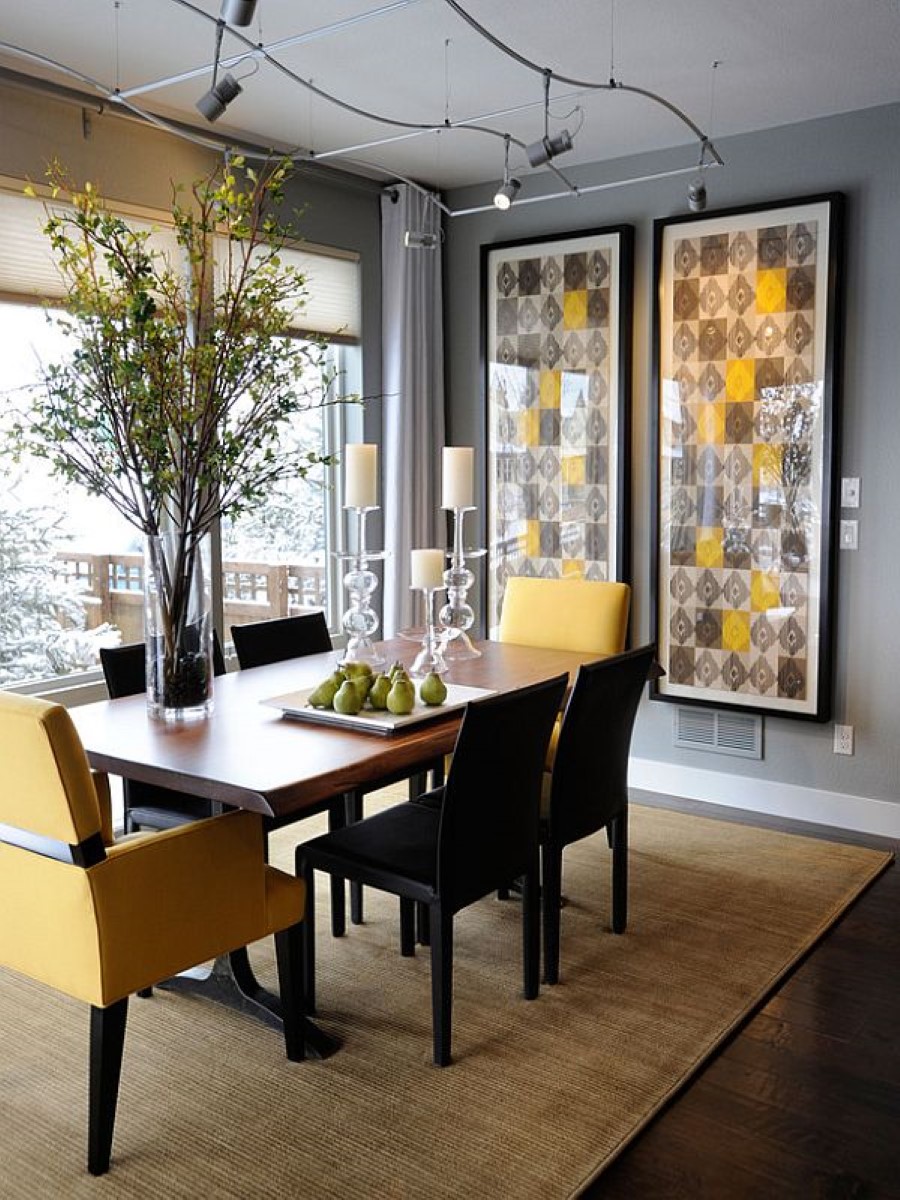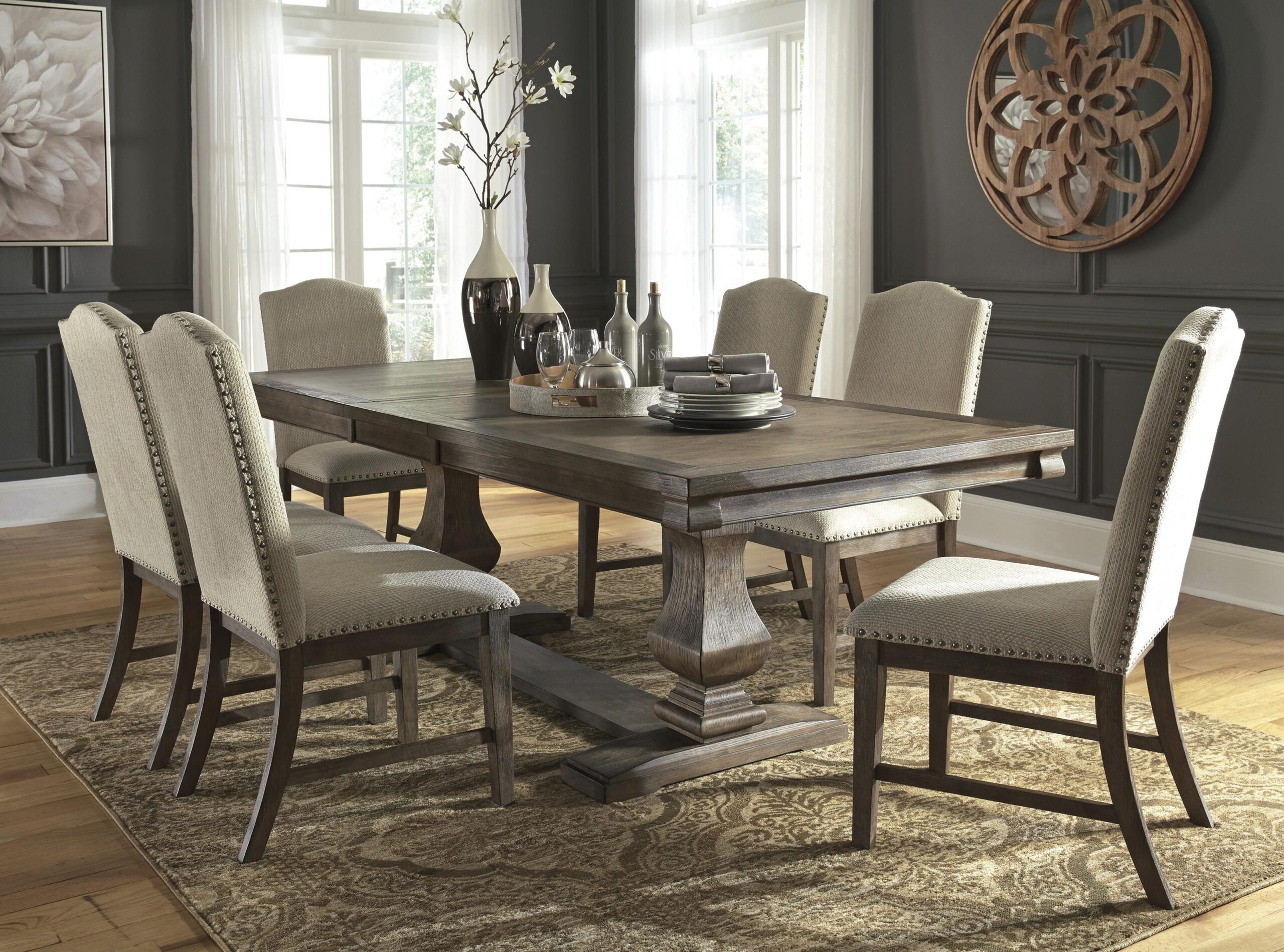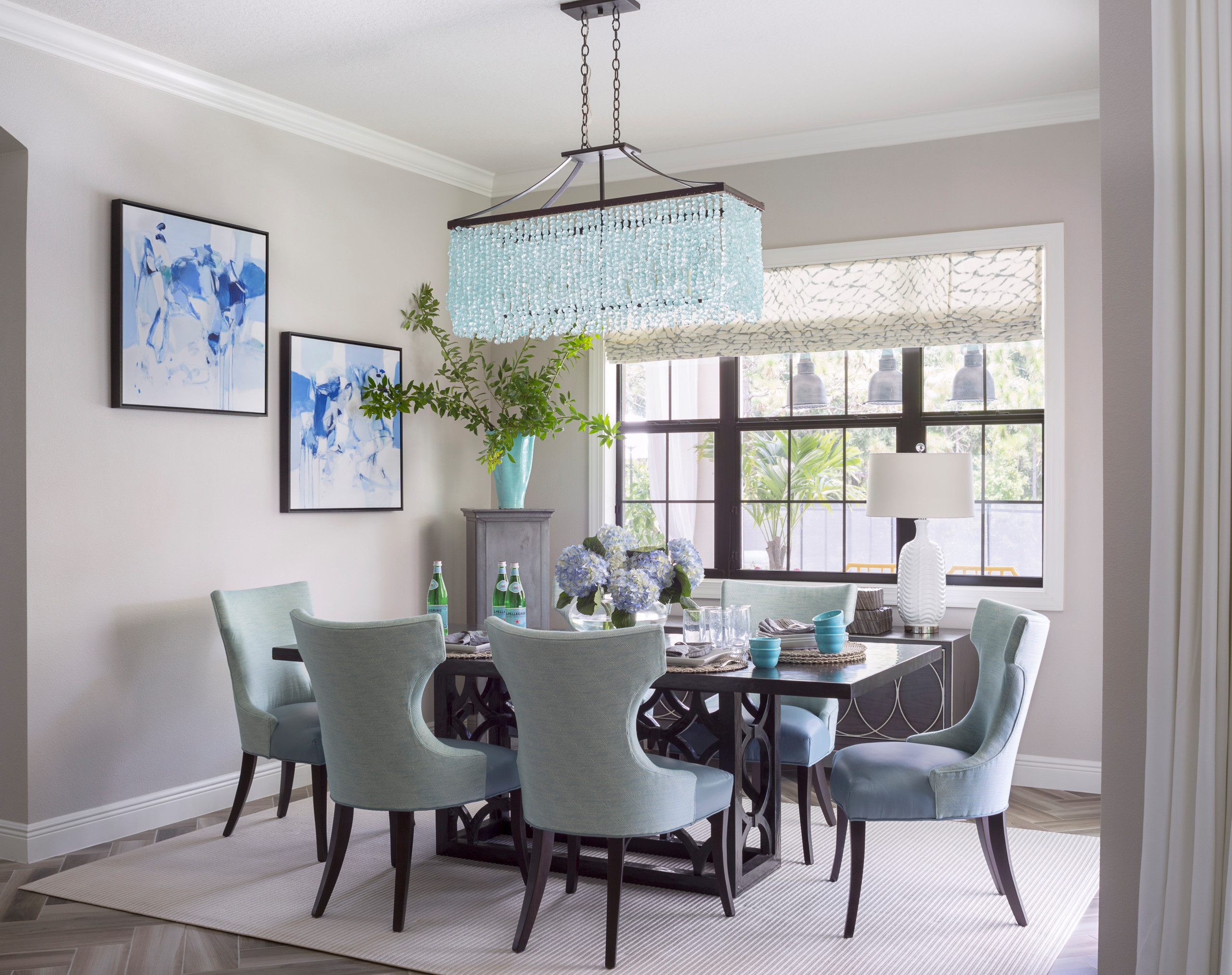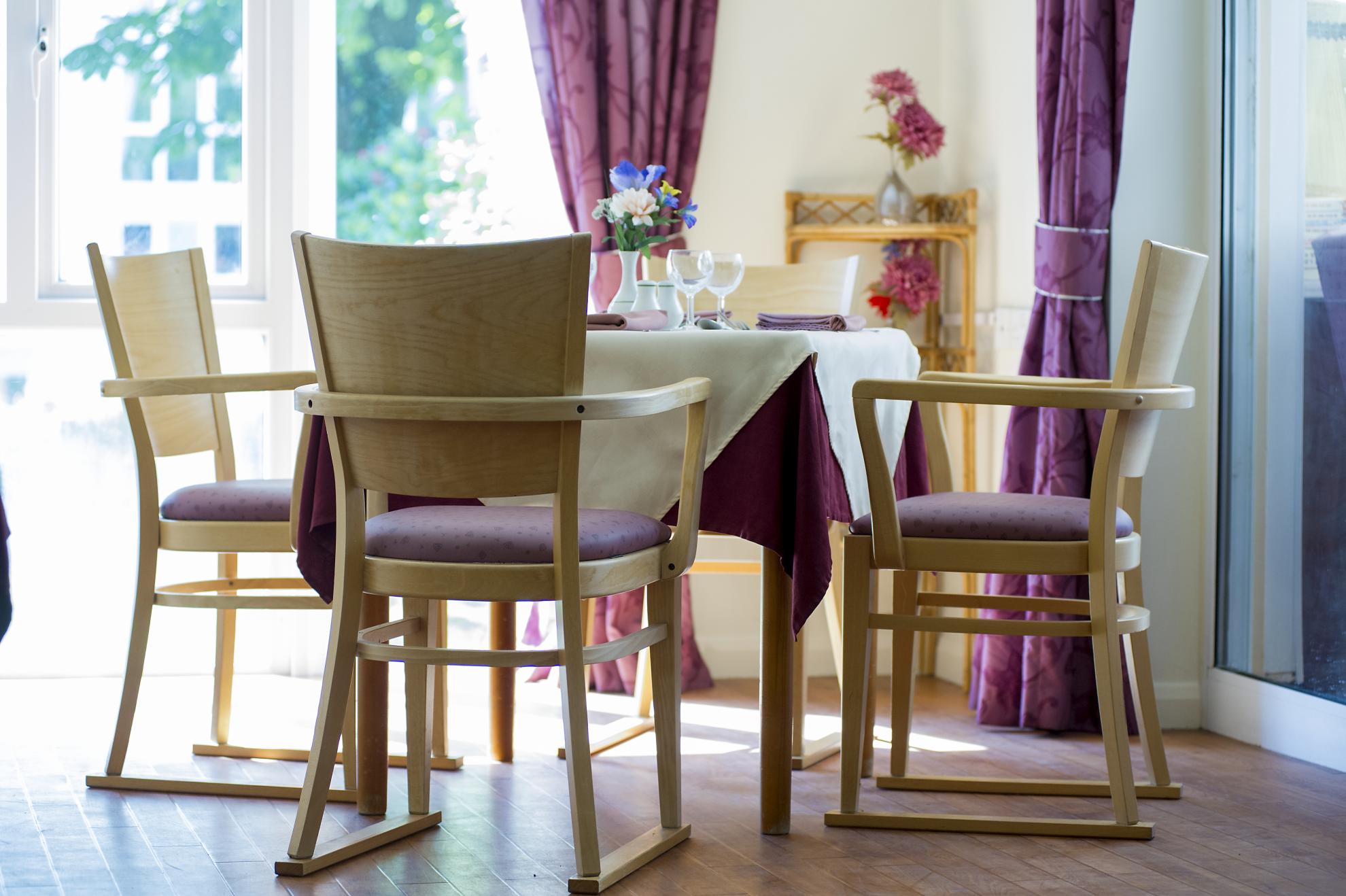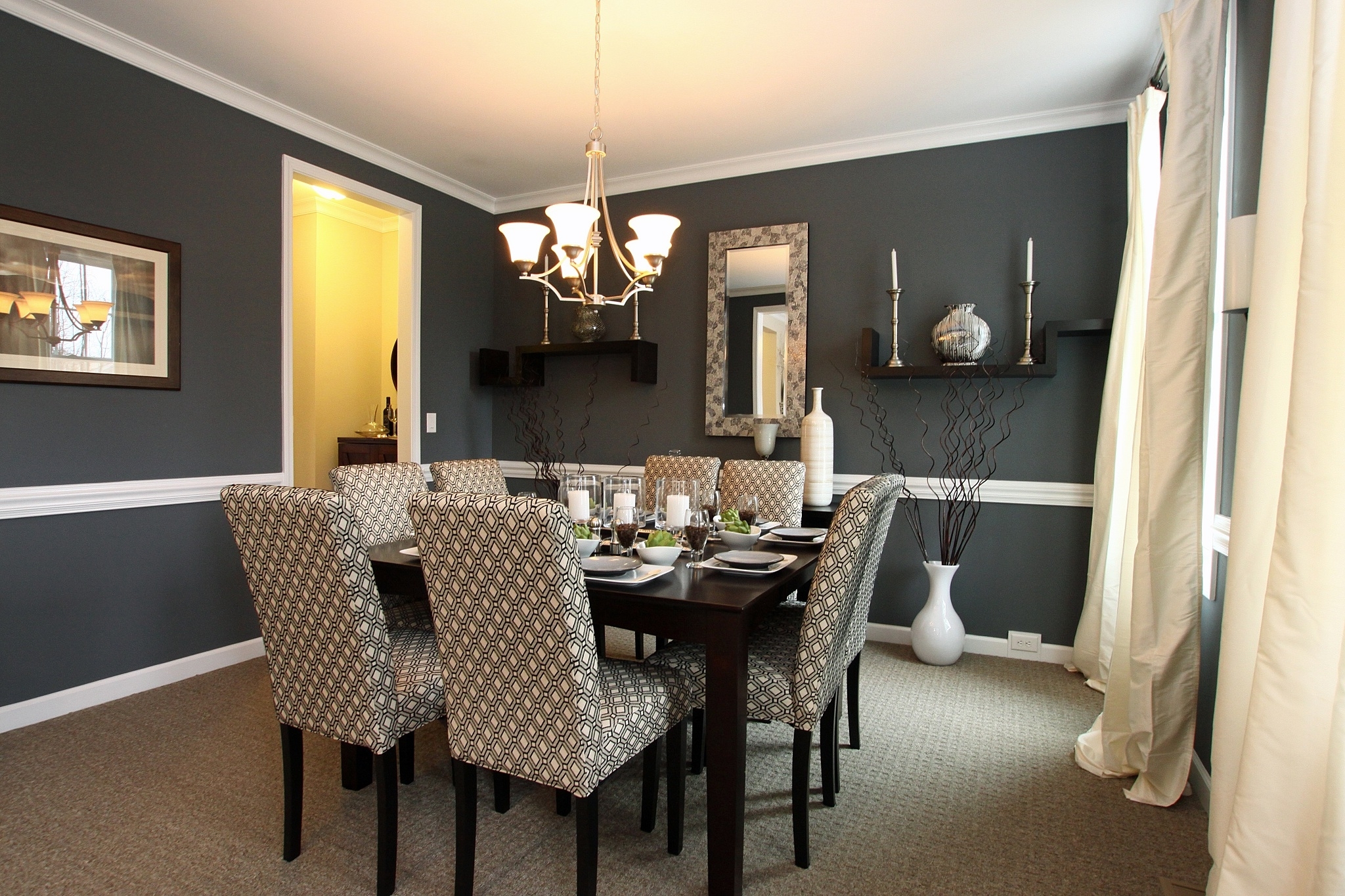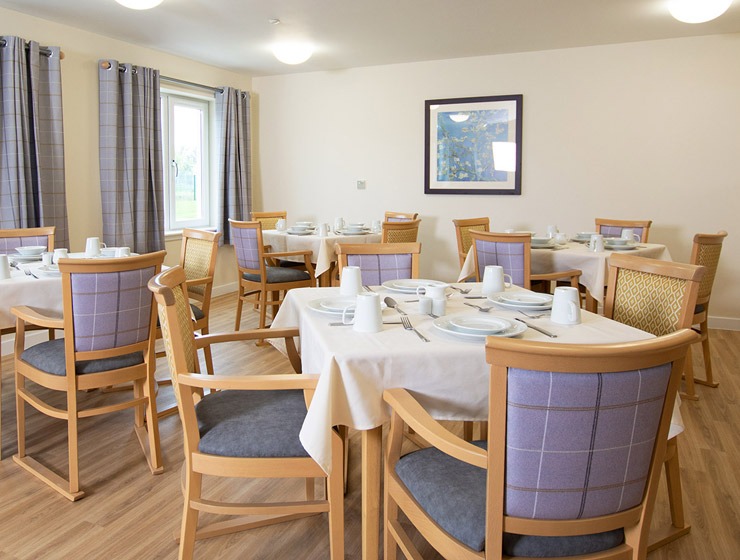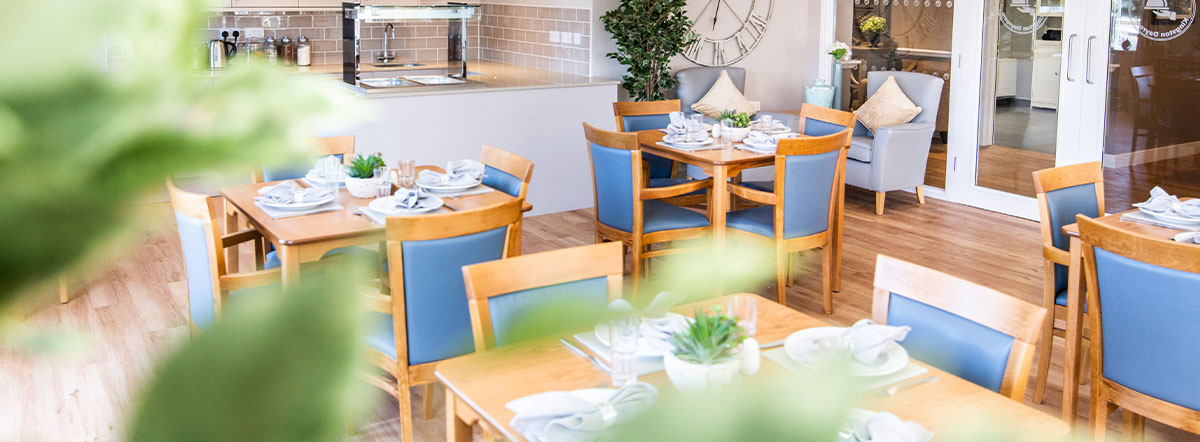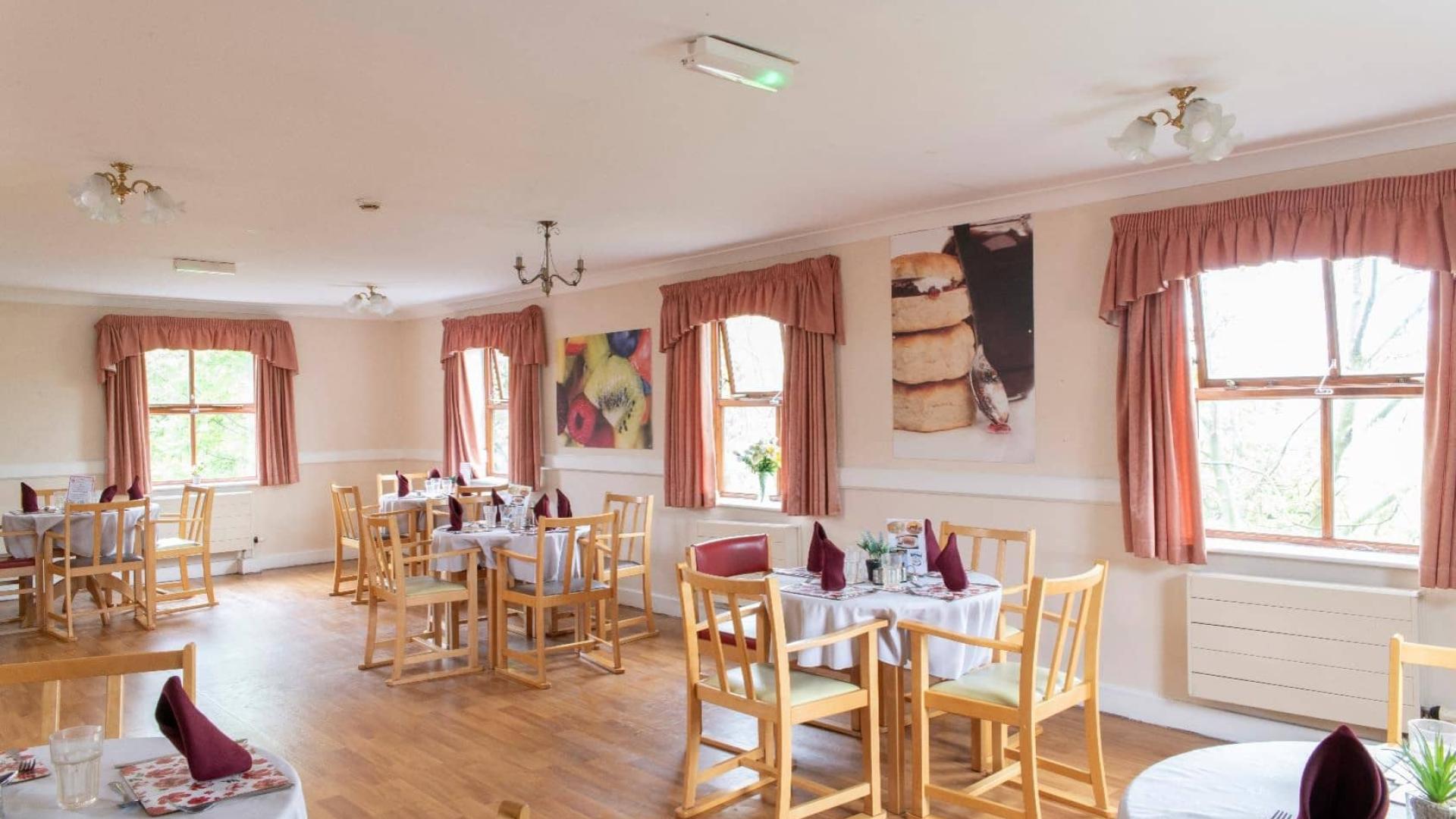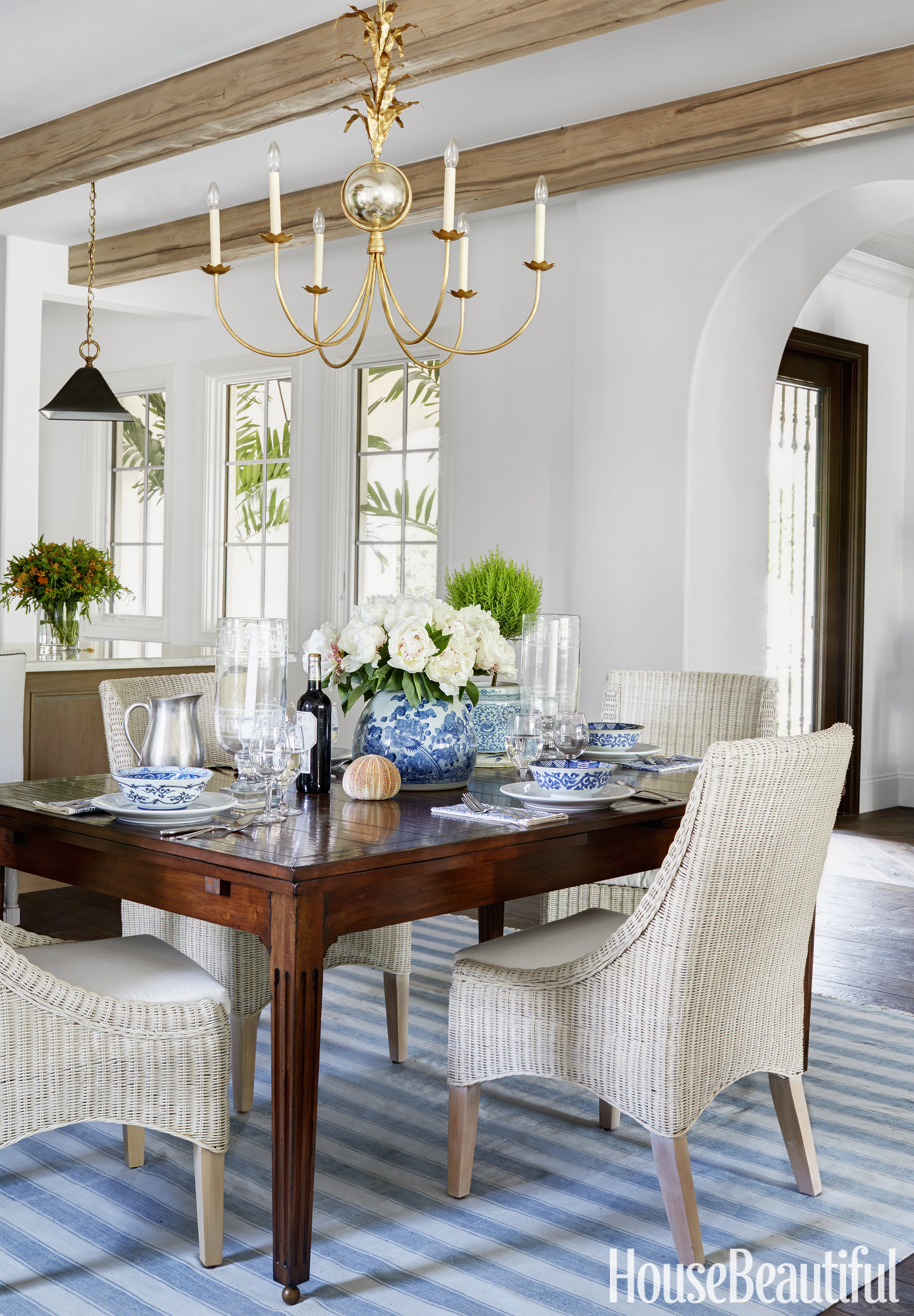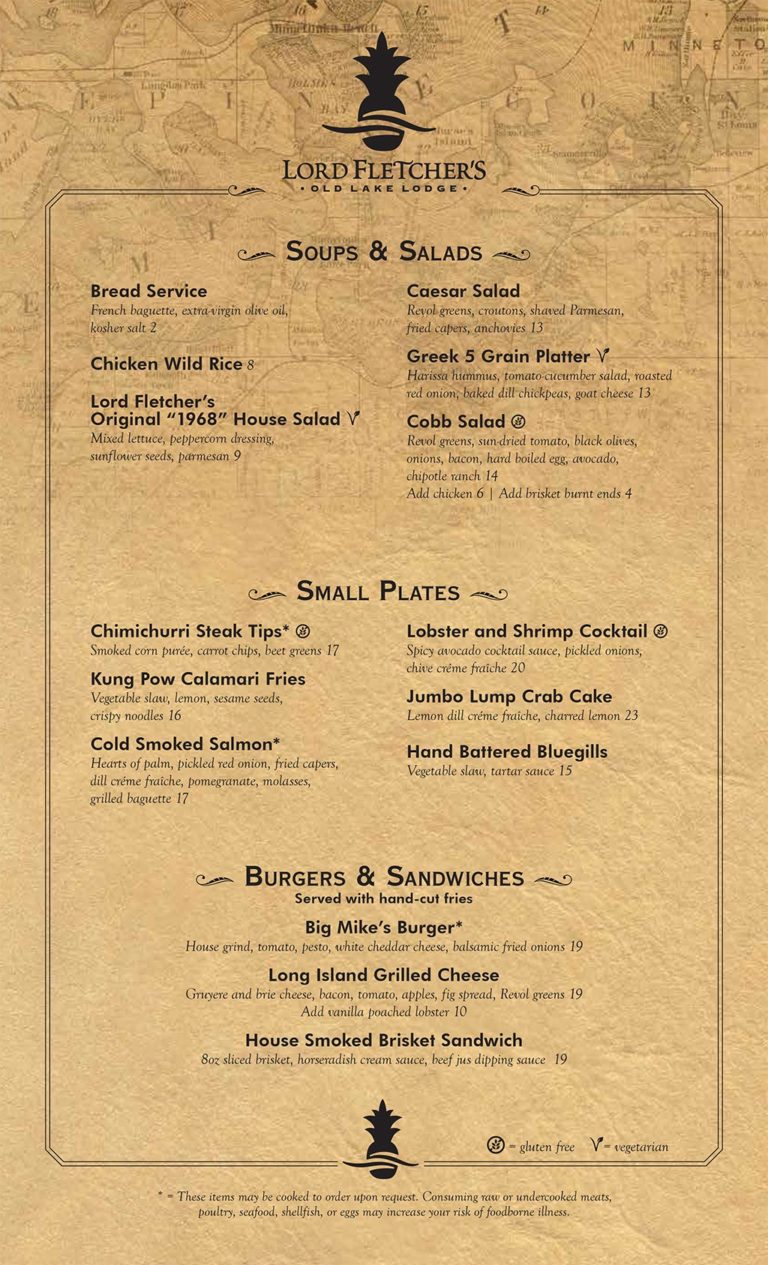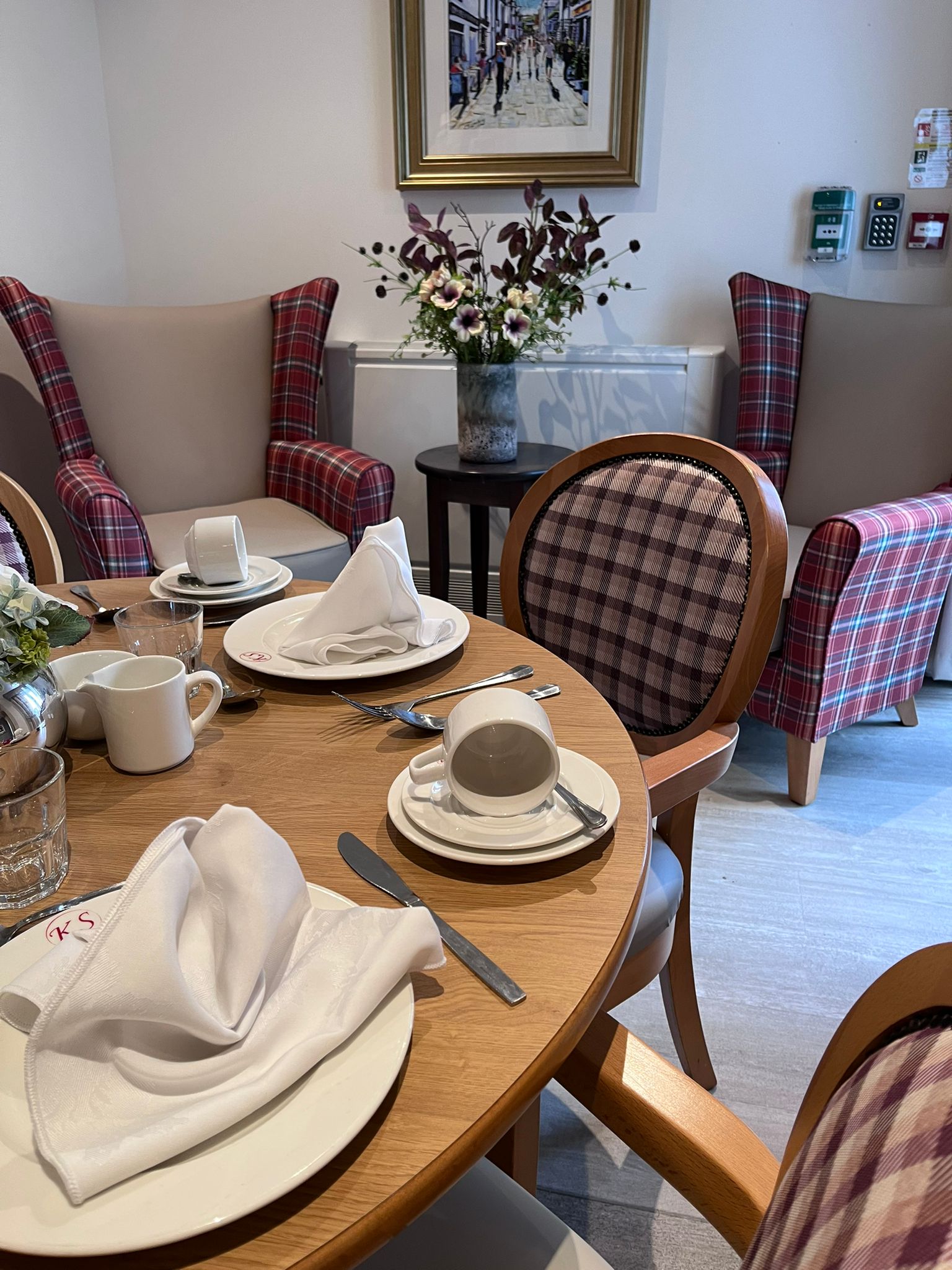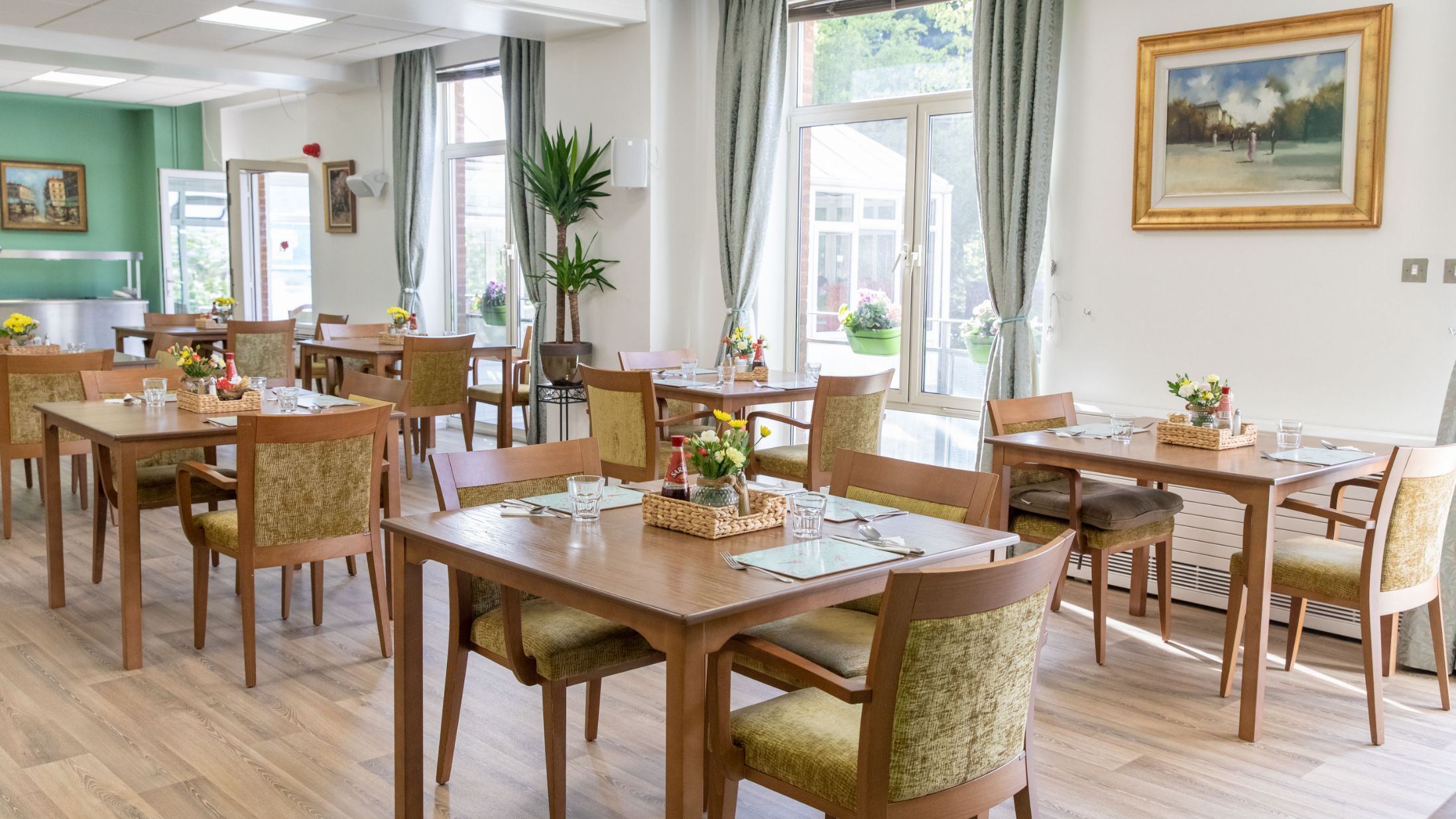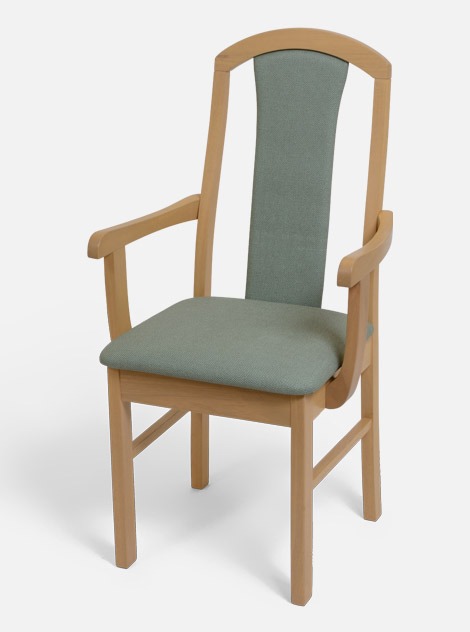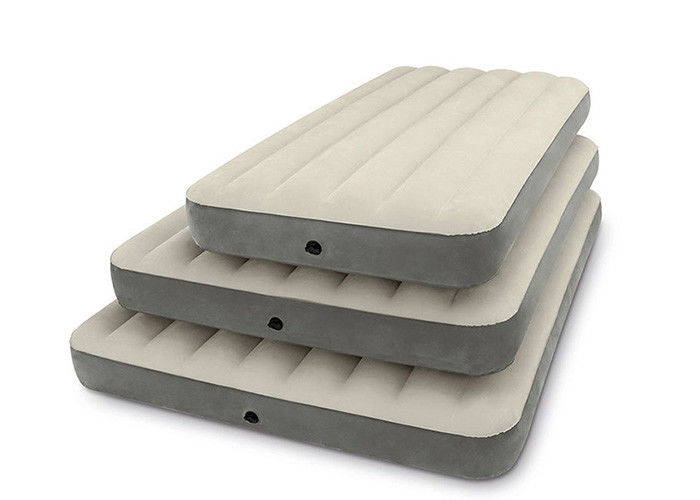Designing a care home dining room can be a challenging task, as it needs to cater to the needs and preferences of a diverse group of residents. However, with the right ideas and approach, it can become a warm and inviting space where residents can enjoy their meals and socialize with each other. Here are some design ideas to make your care home dining room stand out: 1. Create a Welcoming Atmosphere The dining room should have a warm and inviting atmosphere, making the residents feel at home. Use soft and soothing colors on the walls, and add some artwork or photographs to make the space more personal. 2. Consider Accessibility It's important to make the dining room easily accessible for residents with mobility issues. Use ramps or elevators if needed, and make sure there is enough space between tables for wheelchairs and walkers. 3. Offer a Variety of Seating Options Not all residents may be comfortable sitting in a traditional dining chair. Offer a variety of seating options, such as booths, high-top tables, and even comfortable armchairs, to cater to different preferences. 4. Incorporate Natural Light Natural light can make a huge difference in the ambience of a dining room. If possible, choose a room with large windows, and keep them open during mealtimes to let in natural light. 5. Consider Noise Control The dining room can get quite noisy during meal times, which can be overwhelming for some residents. Consider using noise-absorbing materials on the walls and ceilings, and use carpets or area rugs to reduce noise levels. Care Home Dining Room Design Ideas
The furniture you choose for your care home dining room can have a significant impact on the comfort and functionality of the space. Here are some tips for selecting the right dining room furniture: 1. Focus on Comfort Comfort should be the top priority when choosing dining room furniture for a care home. Look for chairs with padded seats and backs, and consider adding cushions for extra support. 2. Opt for Easy-to-Clean Materials As the dining room is a high-traffic area, it's essential to choose furniture made from easy-to-clean materials. Opt for stain-resistant fabrics and durable finishes that can withstand frequent use. 3. Consider Mobility Choose lightweight furniture that can be easily moved around to accommodate residents with mobility issues. You can also consider using chairs with wheels to make it easier for residents to be seated and move around the dining room. 4. Ensure Adequate Space and Accessibility Make sure there is enough space between tables and chairs for residents to move around comfortably. Also, ensure that the furniture is easily accessible for residents with mobility issues. 5. Pay Attention to Style and Aesthetics While functionality is crucial, the dining room furniture should also be visually appealing and complement the overall design of the space. Choose furniture that is both functional and aesthetically pleasing. Care Home Dining Room Furniture
The layout of your care home dining room can greatly impact the overall dining experience for the residents. Here are some tips for creating an efficient and functional dining room layout: 1. Consider the Flow of Traffic The layout should allow for a smooth flow of traffic, with enough space for residents and staff to move around comfortably. Avoid creating bottlenecks or obstructing pathways with furniture. 2. Separate Dining Areas If your care home has a large number of residents, consider creating separate dining areas to avoid overcrowding. This can also help create a more intimate and cozy dining experience for residents. 3. Place Tables and Chairs Strategically Place tables and chairs in a way that allows for easy accessibility and movement for residents with mobility issues. Also, make sure there is enough space between tables to prevent overcrowding and allow for comfortable seating. 4. Consider Natural Light If possible, place tables and chairs near windows to allow residents to enjoy natural light while dining. This can also add to the overall ambience of the dining room. 5. Don't Forget About Safety Ensure that the dining room layout is safe for residents, with no tripping hazards or obstacles in their way. Consider installing handrails or grab bars near dining tables for added safety. Care Home Dining Room Layout
The decor of a care home dining room can make a significant difference in the overall atmosphere and dining experience for residents. Here are some tips for decorating your care home dining room: 1. Keep it Simple and Functional When it comes to decor, less is more. Keep the dining room decor simple and functional, with a focus on creating a comfortable and inviting space for residents to enjoy their meals. 2. Use Accents to Add Color and Personality Add accents such as colorful table runners, placemats, or centerpieces to add a pop of color and personality to the dining room. This can also make the space feel more personal and inviting. 3. Incorporate Seasonal Decor Changing the decor with the seasons can add a festive touch to the dining room and make residents feel more connected to the outside world. Consider using seasonal flowers, tablecloths, or decorations to switch things up. 4. Consider Residents' Preferences Take into account the preferences and interests of the residents when decorating the dining room. You can display artwork or photographs created by the residents or incorporate their favorite colors into the decor. 5. Keep Safety in Mind Ensure that the decor is safe for residents, with no sharp edges or breakable items that could cause harm. Also, avoid using strong scents or fragrances that may trigger allergies or sensitivities. Care Home Dining Room Decor
The dining room menu plays a crucial role in the overall dining experience for residents. Here are some tips for creating a menu that caters to the needs and preferences of care home residents: 1. Offer a Variety of Options Include a variety of options on the menu to cater to different dietary restrictions, preferences, and cultural backgrounds. This can also help prevent residents from getting bored with the same meals. 2. Consider Nutritional Needs Make sure the menu includes nutritious and well-balanced meals to meet the nutritional needs of the residents. Consider consulting with a dietician to create a menu that is both delicious and healthy. 3. Incorporate Resident Feedback Ask for feedback and suggestions from residents regarding the menu. This can help you understand their preferences and make necessary changes to the menu to ensure resident satisfaction. 4. Offer Special Meals for Occasions Consider offering special meals for holidays or other occasions to make the dining experience more exciting for residents. This can also create a sense of community and celebration within the care home. 5. Keep Food Safety in Mind Ensure that all meals are prepared and stored safely to prevent foodborne illnesses. Follow proper food safety guidelines and consider consulting with a food safety expert to ensure the highest level of food safety for residents. Care Home Dining Room Menu
The dining room can also be a space for activities and socialization for care home residents. Here are some ideas for incorporating activities into mealtimes: 1. Themed Dinners Consider hosting themed dinners, such as Italian night or Hawaiian luau, to add some excitement to mealtimes. This can also be a great way to incorporate residents' interests and cultural backgrounds into the dining experience. 2. Cooking Classes Organize cooking classes or demonstrations in the dining room to make mealtimes more interactive and engaging for residents. This can also be a great way to teach residents new skills and allow them to participate in meal preparation. 3. Music and Entertainment Consider having live music or entertainment in the dining room during mealtimes to create a lively and enjoyable atmosphere. This can also be a great way to engage residents and encourage socialization. 4. Arts and Crafts Set up a craft table in the dining room where residents can work on projects while waiting for their meals. This can help keep residents occupied and stimulate their creativity. 5. Group Discussions Encourage residents to engage in group discussions or activities during meals. This can be a great way to promote socialization and create a sense of community among residents. Care Home Dining Room Activities
Ensuring the safety of residents in the dining room should be a top priority for care homes. Here are some tips for promoting dining room safety: 1. Train Staff on Safety Protocols Make sure all staff members are trained on proper safety protocols in the dining room, such as handling hot food and beverages, and assisting residents with mobility issues. 2. Use Non-Slip Mats and Floor Coverings Use non-slip mats and floor coverings in the dining room to prevent slips and falls. Ensure that the floor is kept clean and dry at all times. 3. Keep Emergency Supplies on Hand Have emergency supplies such as first aid kits, fire extinguishers, and AEDs easily accessible in the dining room. This can help prevent accidents and allow for a quick response in case of emergencies. 4. Consider Resident Needs Take into account the specific needs of residents when promoting safety in the dining room. For example, residents with dementia may need extra supervision and assistance during mealtimes. 5. Regularly Inspect Furniture and Equipment Ensure that all furniture and equipment in the dining room are in good condition and working properly. Regularly inspect and replace any items that may pose a safety hazard. Care Home Dining Room Safety
There are various regulations and guidelines that care homes must comply with when it comes to the dining room. Here are some important regulations to keep in mind: 1. Food Safety Regulations Care homes must comply with food safety regulations to ensure that meals are prepared and served safely to residents. This includes proper storage, handling, and preparation of food. 2. Accessibility Requirements The dining room must be accessible for residents with disabilities, as per ADA regulations. This may include providing ramps, elevators, and wheelchair-accessible tables and chairs. 3. Health and Safety Standards Care homes must comply with health and safety standards set by local authorities to ensure the well-being of residents. This may include regular inspections, fire safety protocols, and proper sanitation practices in the dining room. 4. Staff Training Requirements All staff members involved in food preparation and service must receive proper training on food safety and handling protocols. This can help prevent foodborne illnesses and promote the overall safety of the dining room. 5. Nutritional Guidelines Care homes must follow nutritional guidelines set by local authorities to ensure that residents receive healthy and balanced meals. This may include limitations on high-fat, high-sugar, and high-sodium foods. Care Home Dining Room Regulations
The dining room staff plays a crucial role in providing a positive dining experience for care home residents. Here are some tips for effective staffing in the dining room: 1. Proper Training and Qualifications Ensure that all staff members working in the dining room have the necessary training and qualifications to perform their duties effectively. This includes knowledge of food safety and handling, as well as understanding the needs of elderly residents. 2. Adequate Staffing Levels Make sure there are enough staff members working in the dining room to provide quality service to residents. This can also help prevent delays and ensure that residents receive their meals on time. Care Home Dining Room Staffing
Creating a Comfortable and Inviting Dining Experience in Your Care Home
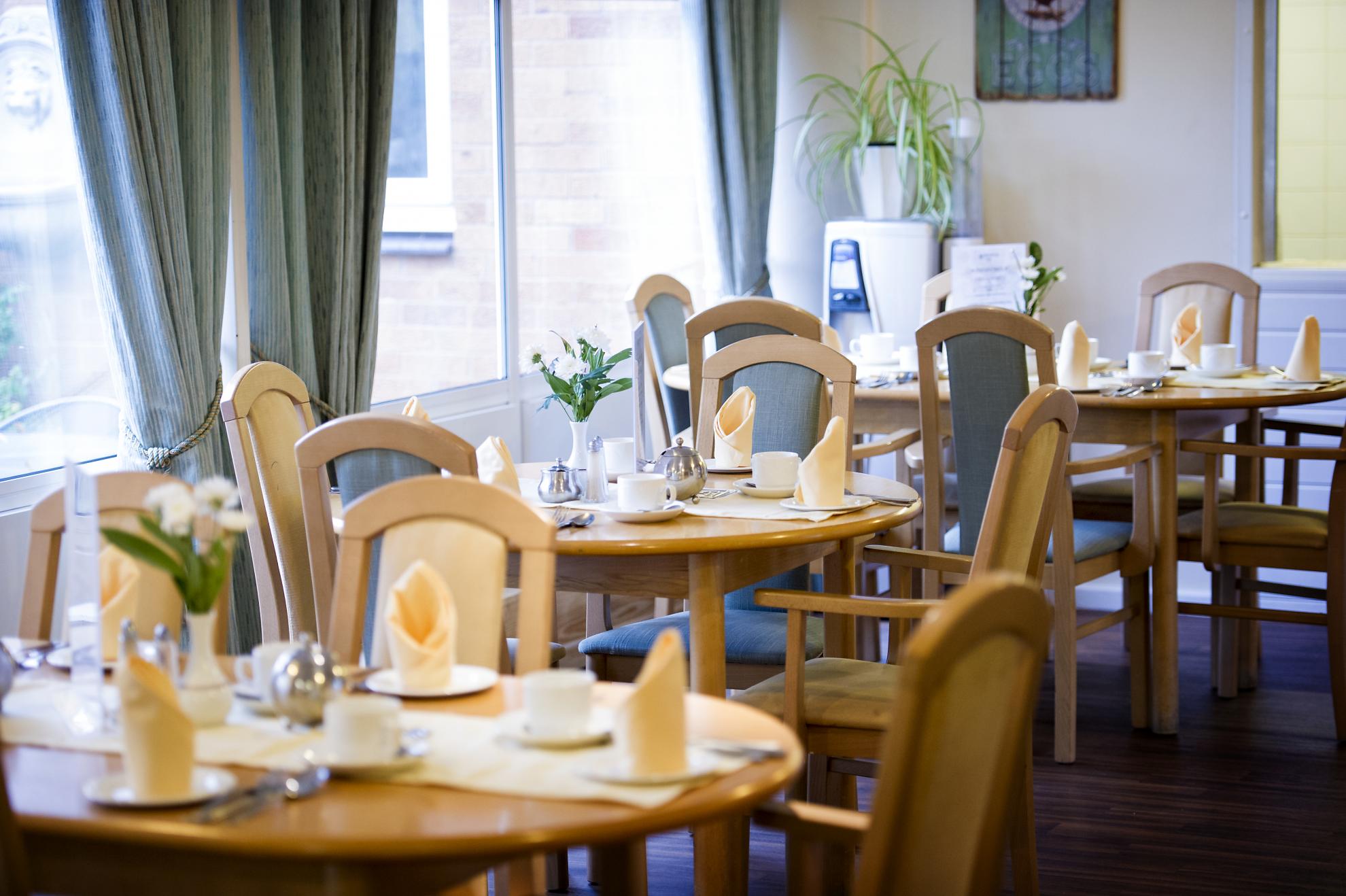
The Importance of a Well-Designed Dining Room
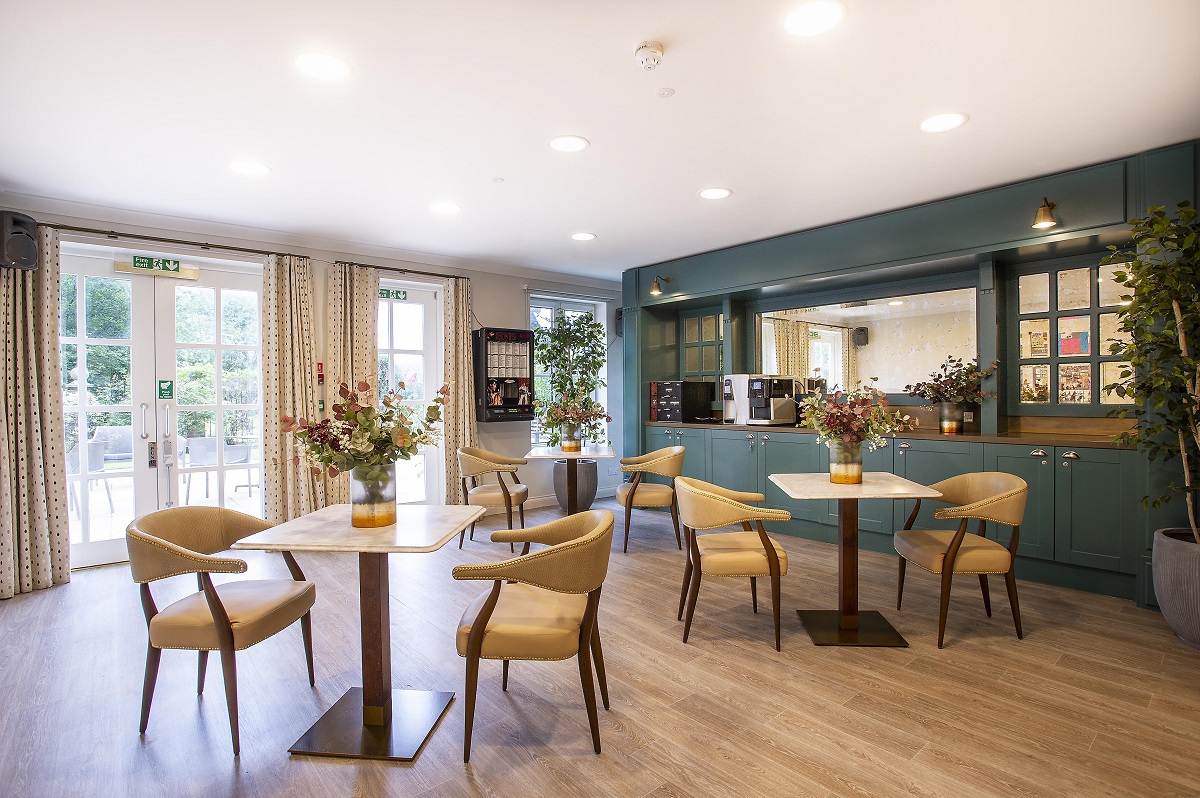 When it comes to designing a care home, the dining room is often an overlooked space. However, it is a crucial part of creating a comfortable and inviting environment for both residents and staff. The dining room is where residents gather to share meals, socialize, and feel a sense of community. Therefore, it should be a space that promotes relaxation, enjoyment, and a sense of home. In this article, we will discuss the key elements of a well-designed care home dining room that will enhance the overall experience for residents.
When it comes to designing a care home, the dining room is often an overlooked space. However, it is a crucial part of creating a comfortable and inviting environment for both residents and staff. The dining room is where residents gather to share meals, socialize, and feel a sense of community. Therefore, it should be a space that promotes relaxation, enjoyment, and a sense of home. In this article, we will discuss the key elements of a well-designed care home dining room that will enhance the overall experience for residents.
Comfortable and Functional Furniture
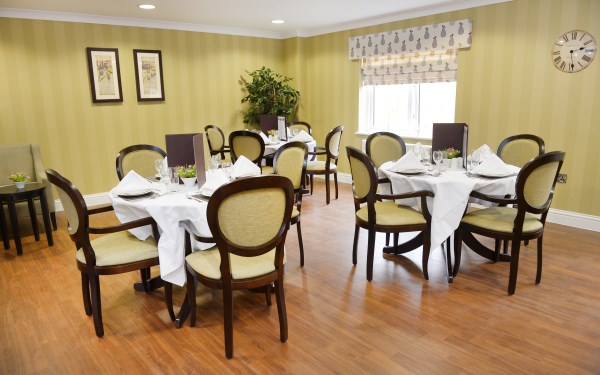 The first step in creating a great dining experience is to choose the right furniture. Comfort should be the top priority when selecting chairs and tables for the dining room. Residents will spend a significant amount of time sitting and socializing in this space, so it is essential to have chairs with proper support and padding. Additionally, the furniture should be functional and easy to maneuver for residents with mobility issues. Consider incorporating features such as adjustable height tables and armrests for added comfort and accessibility.
The first step in creating a great dining experience is to choose the right furniture. Comfort should be the top priority when selecting chairs and tables for the dining room. Residents will spend a significant amount of time sitting and socializing in this space, so it is essential to have chairs with proper support and padding. Additionally, the furniture should be functional and easy to maneuver for residents with mobility issues. Consider incorporating features such as adjustable height tables and armrests for added comfort and accessibility.
Lighting and Decor
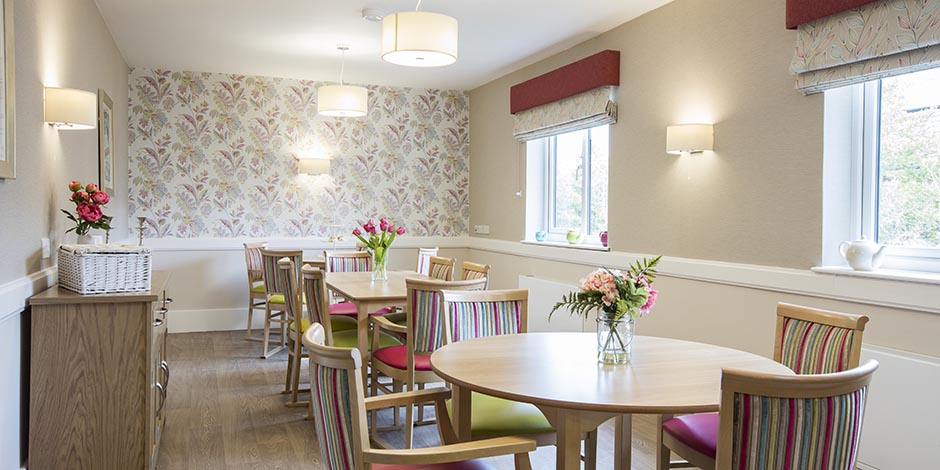 The lighting and decor in the dining room play a significant role in creating a welcoming atmosphere. Natural lighting is always best, so if possible, choose a dining room with large windows that allow ample sunlight to enter. For artificial lighting, opt for warm and soft lighting rather than harsh fluorescent lighting. This will create a more comfortable and relaxing environment. When it comes to decor, keep it simple and tasteful. Avoid clutter and choose calming colors and artwork that will promote a sense of tranquility.
The lighting and decor in the dining room play a significant role in creating a welcoming atmosphere. Natural lighting is always best, so if possible, choose a dining room with large windows that allow ample sunlight to enter. For artificial lighting, opt for warm and soft lighting rather than harsh fluorescent lighting. This will create a more comfortable and relaxing environment. When it comes to decor, keep it simple and tasteful. Avoid clutter and choose calming colors and artwork that will promote a sense of tranquility.
Personal Touches
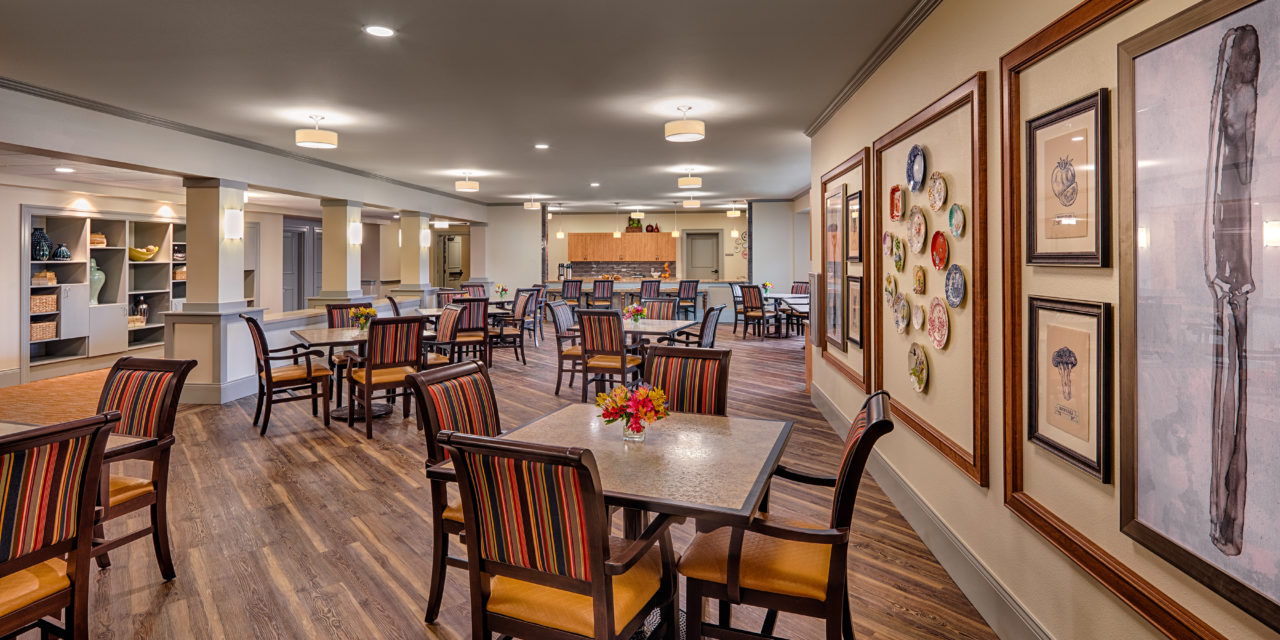 Incorporating personal touches in the dining room can make a significant impact on residents' overall experience. Consider adding family photos, personalized place settings, or even a resident-led herb garden. These small but meaningful touches can make residents feel more at home and create a sense of familiarity and comfort.
Incorporating personal touches in the dining room can make a significant impact on residents' overall experience. Consider adding family photos, personalized place settings, or even a resident-led herb garden. These small but meaningful touches can make residents feel more at home and create a sense of familiarity and comfort.
The Role of Technology
 Technology has become an essential aspect of our lives, and it can also enhance the dining experience in a care home. Consider incorporating features such as a TV for entertainment or a music system to create a pleasant ambiance. Additionally, technology can also aid in meal planning and communication between residents and staff. Utilizing technology can make the dining experience more efficient and enjoyable for everyone involved.
In conclusion, the dining room is a crucial space in a care home that should not be overlooked in the design process. By incorporating comfortable and functional furniture, appropriate lighting and decor, personal touches, and technology, you can create a dining experience that promotes relaxation, enjoyment, and a sense of community for your residents. A well-designed dining room will not only enhance the overall atmosphere of your care home but also improve the quality of life for your residents.
Technology has become an essential aspect of our lives, and it can also enhance the dining experience in a care home. Consider incorporating features such as a TV for entertainment or a music system to create a pleasant ambiance. Additionally, technology can also aid in meal planning and communication between residents and staff. Utilizing technology can make the dining experience more efficient and enjoyable for everyone involved.
In conclusion, the dining room is a crucial space in a care home that should not be overlooked in the design process. By incorporating comfortable and functional furniture, appropriate lighting and decor, personal touches, and technology, you can create a dining experience that promotes relaxation, enjoyment, and a sense of community for your residents. A well-designed dining room will not only enhance the overall atmosphere of your care home but also improve the quality of life for your residents.
